Learn how to create beautiful and artistic night images
What is Night Art?
The definition of night art (or night light) is capturing images without the aid of the sun. Whether that is star light, moonlight or artificial light.
Using our cameras to capture images using different types of light, whether natural or artificial, often involves long exposures and wide open apertures. This can range from streetlights, to lightning, sparklers and fairy lights.
Night photography can be an artistic and creative way to photograph your subject.
Campfire Light with Actors
Settings: 1/8sec f/2.8 320ISO on 24mm lens using a gorilla grip mini tripod.
Just before we all went into lockdown I was away camping and noticed this film crew setup right next to me shooting a commercial video for Zippo. As it got dark I asked if I could photograph them for my Night Art BootCamp Challenge. Without this challenge I probably would have kept to myself but my fellow BootCampers are expecting me to take part – it’s good to get a little push every now and then I think. I tried a few different angles and shutter speeds and chose this image because it tells the story the best I think with the video guy framing the actors on the left, his face lit up by his LCD screen. You can see his ‘super expensive’ camera silhouetted by the guy with the head lantern. Notice the marshmallows being grilled?
Why create night photographs?
Light is everywhere, even at night. Creating night photography allows you to train your eyes to see light everywhere and in many different ways. It can really stretch your creativity especially if you only have one light source and one light direction and then it becomes all about your composition.
Shooting at night or with a single light source is a great way to expanding your creative and photographic knowledge.
Night photography tips
The first thing you need to do is shoot at night (between sunset and sunrise). Alternatively you could shoot indoors with artificial lights – as long as your main light source is not the sun.
Then decide what is your main point of interest in your scene. This is very important because it will determine where you place your main point of interest in relation to your main light source. Sometimes the light itself could be your main subject and you can then add in a secondary subject to your scene.
How can you make your scene more artistic?
Perhaps if you are shooting the night sky, try adding some light painting to your foreground with a torch (flash light). Balancing between the light from the night sky, the ambient light and your torch can be challenging but once you get this right it feels so rewarding.
Another tip to make your night photography more artistic is to photograph a performing artist or an event. Experiment with different shutter speeds to freeze the action or slow it down and capture the movement – think of a fire twirler at night. This is a super fun way to create interesting night art images.
Milky Way Lighthouse at Crowdy Head
One of my favourite images I’ve ever taken – took me 2 nights of shooting and many hours to get this image right but oh it was so worth it!
Milky way shot on 17mm lens at 5 second intervals because that was the longest that the lighthouse strobe was off for – 10 shots stacked to reduce noise, 12800 ISO with wide open f/2.8 aperture.
Lighthouse was shot on 17mm lens at f/13 to get that tiny bit of starburst, 30 second shutter speed using 3200 ISO – 4 images where I ran around with my flash-light and painted light on the side, front and back of the lighthouse and on the lawn. Images stacked as layers in photoshop.
Remember that when it comes to night photography it’s all about composition so keep looking for different angles (low or high perspective) and decide what to include or exclude from your scene – to creates a more dynamic and artistic image.
Consider your depth of field, do you want it shallow or deep? If you’ve got multiple light sources sometimes the secondary lights can be distracting so a shallow depth of field would blur them out and make for an interesting background. What about exposure times, can you add a long exposure to make your images more artistic?
If you can’t get outside at night then take things inside and get artistic, try a self-portrait with artificial light or studio lights. You could try using candles or sparklers or fairy lights as well – they make for unusual images. What about light trails from cars or trains. Remember it really is all about your light, your subject, and the composition to capture beautiful and artistic night art.
As with any images you create, take your time and be aware of your composition – watch for distractions before you click that shutter and above all have fun!
Photo BootCamp Magazine
Let’s take a look at what our BootCamp members have created for this month’s Night Art challenge.
And be sure to check out how you can join BootCamp at the end of the magazine!
Below is a small sample of what’s in this magazine…
Join The Fastest, ‘Funnest’ Way To Improve Your Photography!
- Discover exciting new skills
- Rekindle your passion for taking photos
- Improve fast with helpful feedback
- Experience enjoyment and progress
Inside BootCamp Magazine
Featured Artist
Let’s take a look at this month’s magazine. Here is our featured artist of the month, Paul Fuller, from Australia.
The image is of one of the boats in Newcastle Harbour. Due to the area being so busy during the day, Paul took the photo at night as to be able to capture the mood and stillness. He also love the reflections on the water.
Comment: Sara O’Brien – “Paul, I am having a hard time picking my favorite of the two you have posted here. The vibrance of the first one and the larger reflection in the water edge me toward it. But the second one seems more true to life, even without the larger reflection in the water. Personal preferences. Well done.”
Cover Image
This month’s featured magazine cover image is by Nick Ellis from Australia. He Had been a tad indecisive about this challenge. Having some ideas and quickly rejected them as probably not producing a reasonable photo. He’s liking what others have posted and may just ‘borrow’ a couple of ideas. Lockdown isn’t helping either (looks like another 4 weeks (hmm). So he thought he’d show another of the Newcastle Wharf Fountains he took back on 21 June. This was taken from the other side of the fountain (facing east). He left this one in colour.
Comment: Richard Hutson – “Nick, Alluring image! The four second exposure perfectly captures the graceful rise and fall of the illuminated water. I especially like the highlighted apex.”
Active Members
Let’s take a look at some of the night photography images our BootCamp members’ created this month.
We’ll start with Peter Dwight from Australia. This lockdown is a pain & Peter didn’t get out so he is using this shot from his last visit to Dubai with his wife (in the pic) at this majestic palace style accommodation they got upgraded to which was magnificent & at night wow, hence the photo. Sony camera with Sigma 18-125mm.
Comment: Jim Gagne – “Really nice composition, including diagonal angle, reflections in the pool, and the woman on the far right. Really compelling lighting. I hate landscape shots with some dude standing on a peak in the middle of the shot; it seems trite. But your lady is much more subtle. Why is she on the phone?”
Next, we have Dianne Pacey from the United States. She took this photo on the course with Brent. He had organised for the local indigenous people to cleanse them with a smoking ceremony and welcome them to their country. The sun was setting and it was a spiritual moment. For her, this photo captures some of that spirit. The aperture was wide open and the shutter speed fast enough for her to handhold. It is grainy.
Comment: Richard Hutson – “Dianne, Great image … the lightened background works best. I love the way you have allowed the flame to capture the man’s face.”
Laura Griffiths from South Africa is next. Still focusing on the moon. This time she was happier, being in the right place for a short time after sunset for the soon-to-rise moon. She knew what time the moonrise was, but that being on the horizon, her view was looking across a valley to the mountain top opposite and waiting for it to appear over the peaks. That timing she was not sure of as she don’t know the height of the mountain. When it did appear it was with almost alarming speed. Laura kept thinking her tripod head was moving even though she had tightened it so much to stabilise the heavy lens. Her hubby said to her no, it’s the speed of the moonrise which had her struggling to keep it in the right place in the frame. This had a slight crop to get it on the thirds.
Comment: Jim Gagne – “Really nice shot. Tack sharp, great composition, Because the moon is actually small in the sky, you really did need that 600mm lens. A few years ago I tried shooting the blood moon (total lunar eclipse, very dark!) at about a 1-second exposure. The image was really blurred. Turns out the moon moves really fast in the sky, so your 1/100 sec exposure was perfect.”
Then we have Leila Gonzalez from the United States. Another ride at their Fantasy Island Park (which she would NOT go on). The tower changes colors constantly and the feet sticking out as the carriage goes up and down several times is amusing. It was hard to decide on an angle to shoot from so she took lots of versions. The colors here seemed best.
Summary
- Night art is images captured without the aid of the sun
- Night art can be captured with star light, moon light or artificial light
- It often involves wide-open apertures and long exposures
- It’s still important to get your composition correct
- It can be an artistic and creative to photograph your subject
- Tripods are often essential equipment needed to create long exposure images.
Related Articles
Did you enjoy this article? Check out these related articles, too:
- Choosing Your Top Shots And Best Images From The Past Year
How to pick your very best photo’s – my 3 step system. - Creating Triptychs With Your Photographs
Learn how to create triptychs with images - Using Long Exposure Photography To Create Unique And Creative Images
Learn the best composition practices with long exposure.
Do This Now
Please leave me a comment below – I’d love to know what you think. Brent

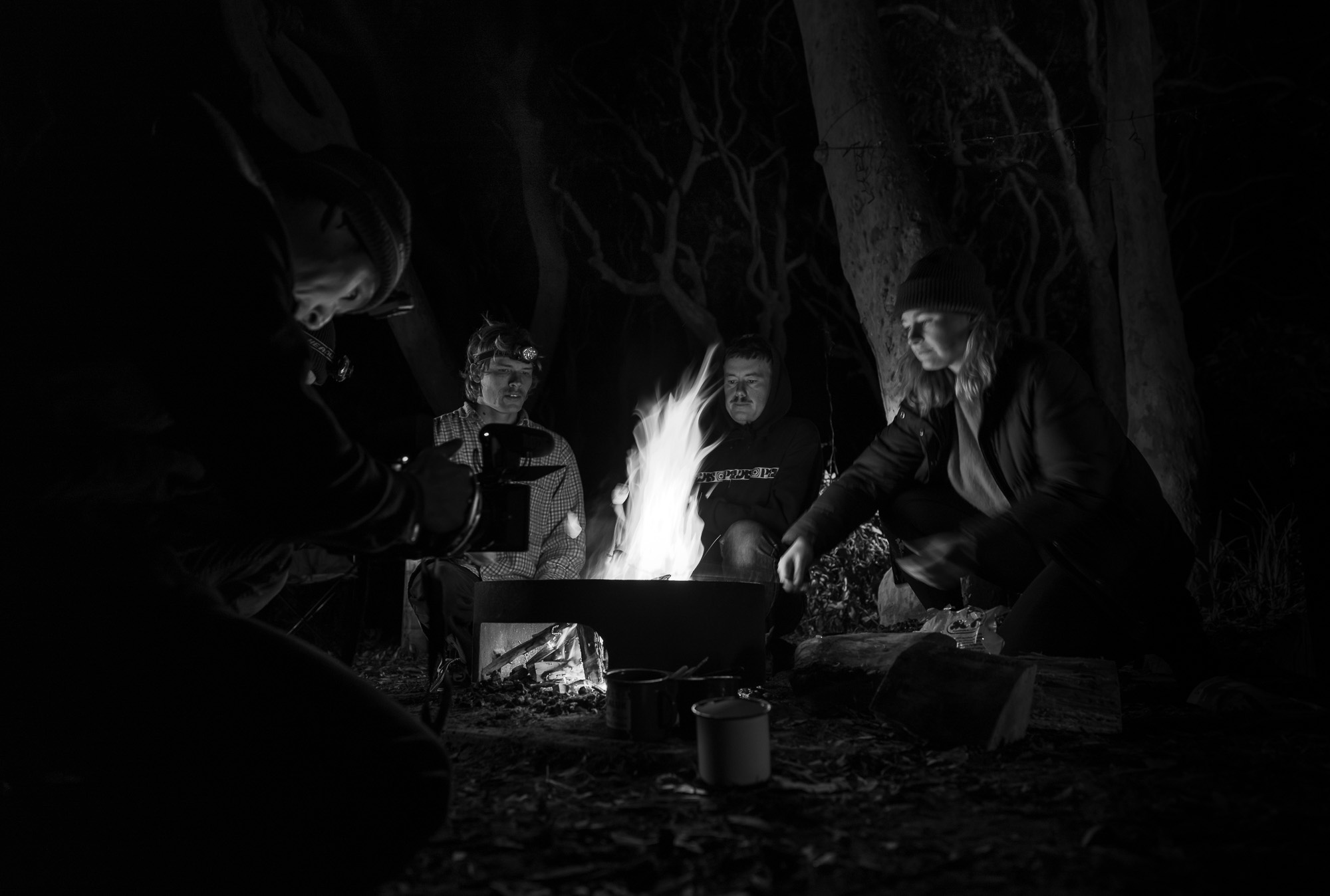




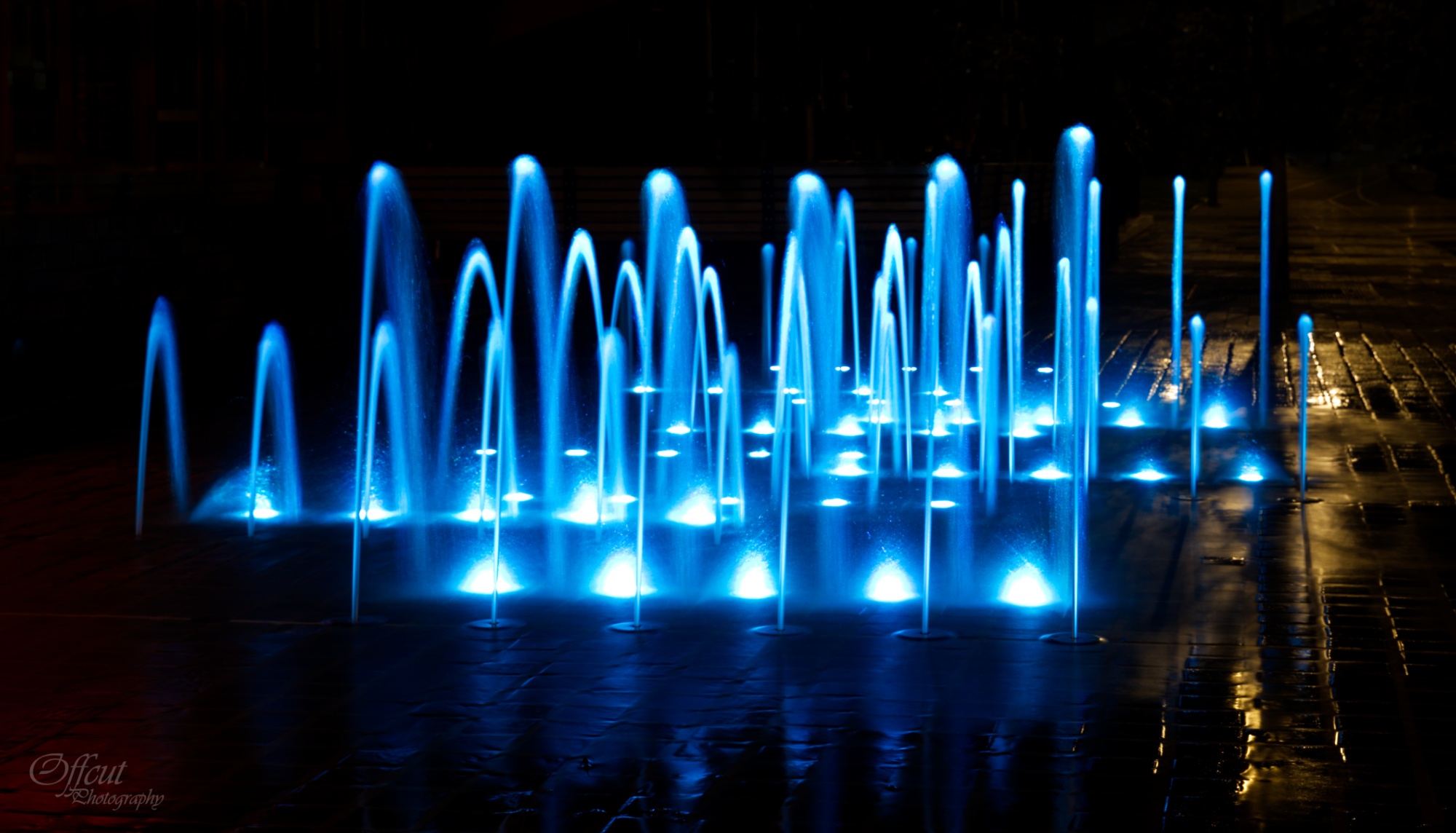

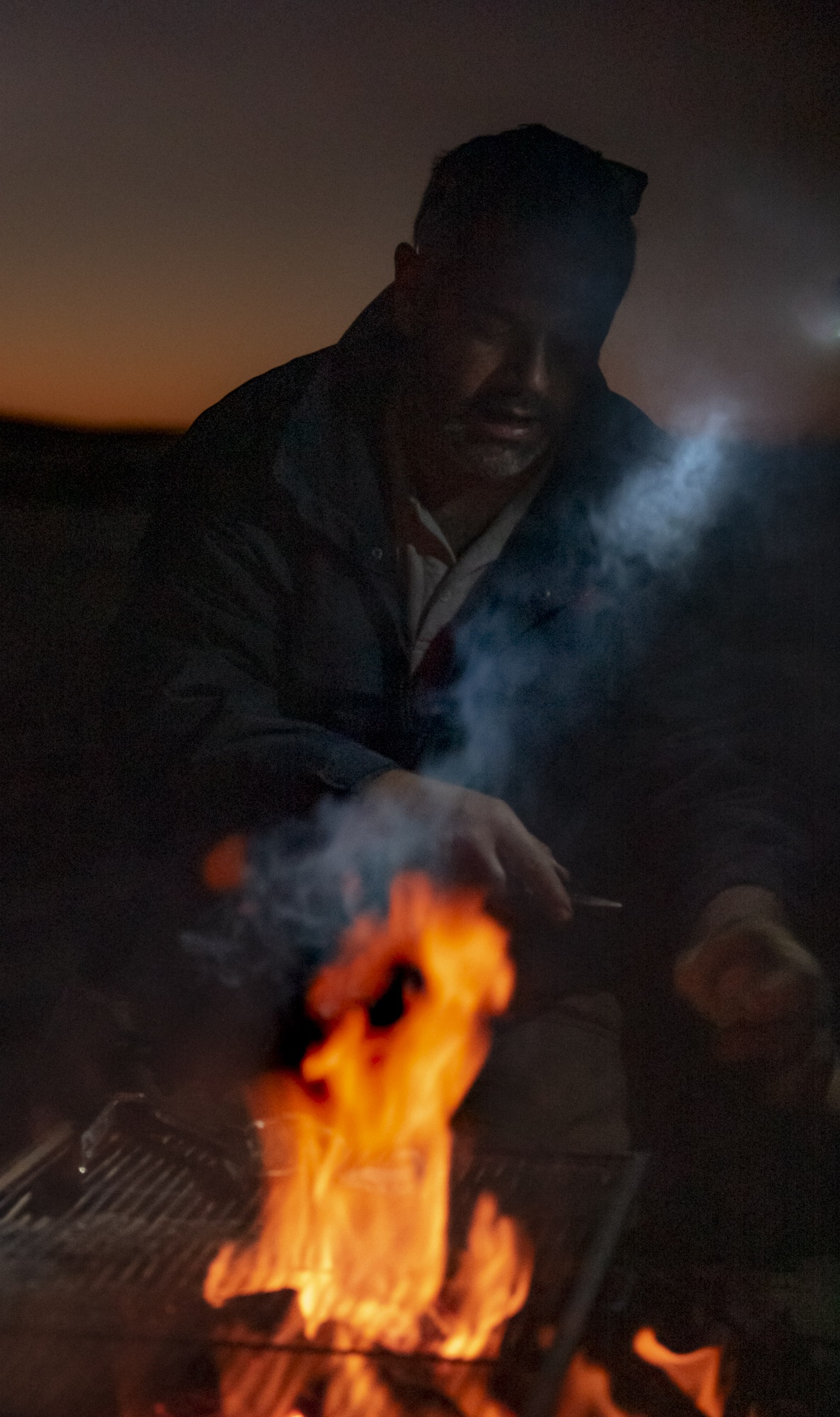
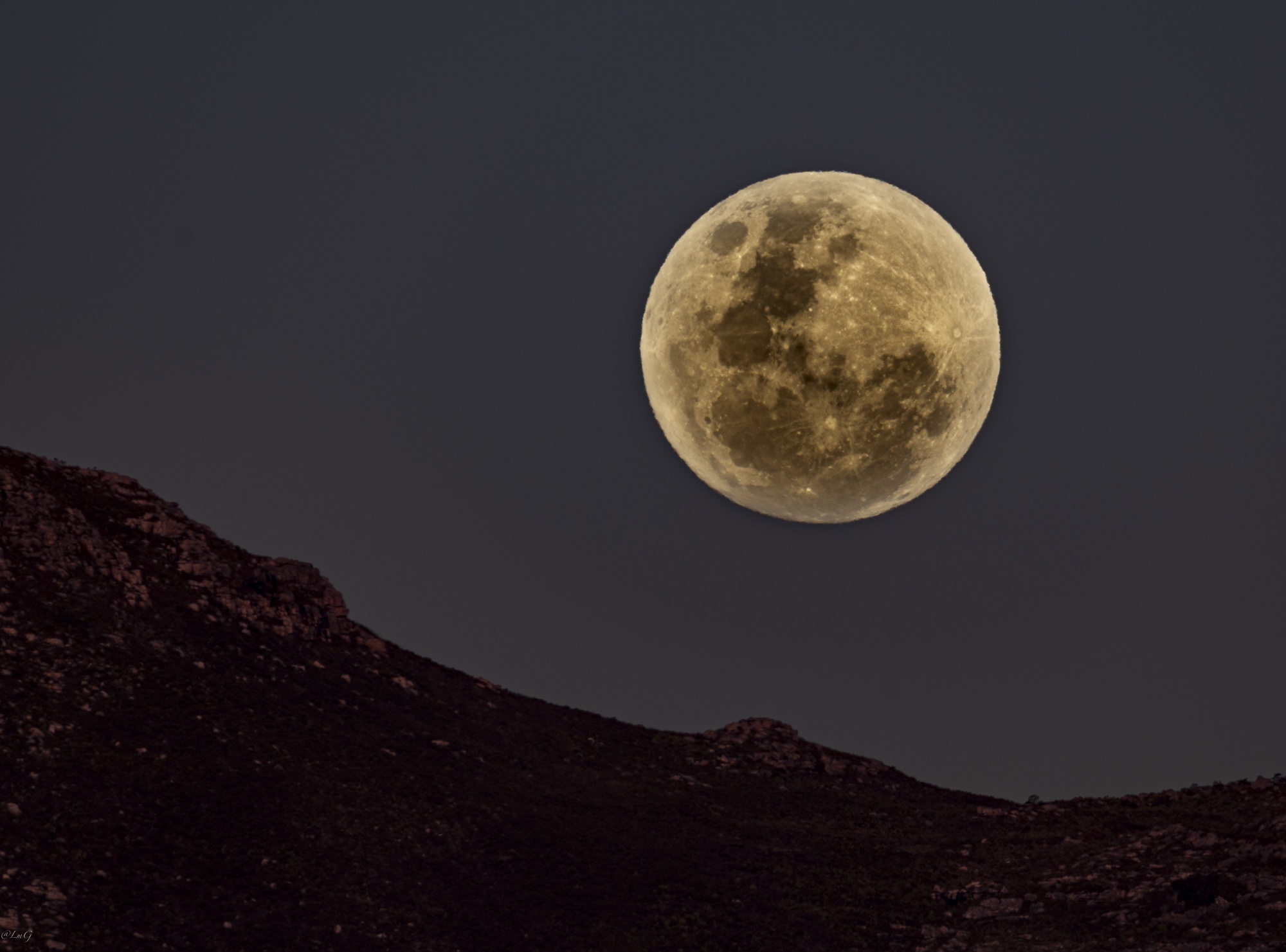
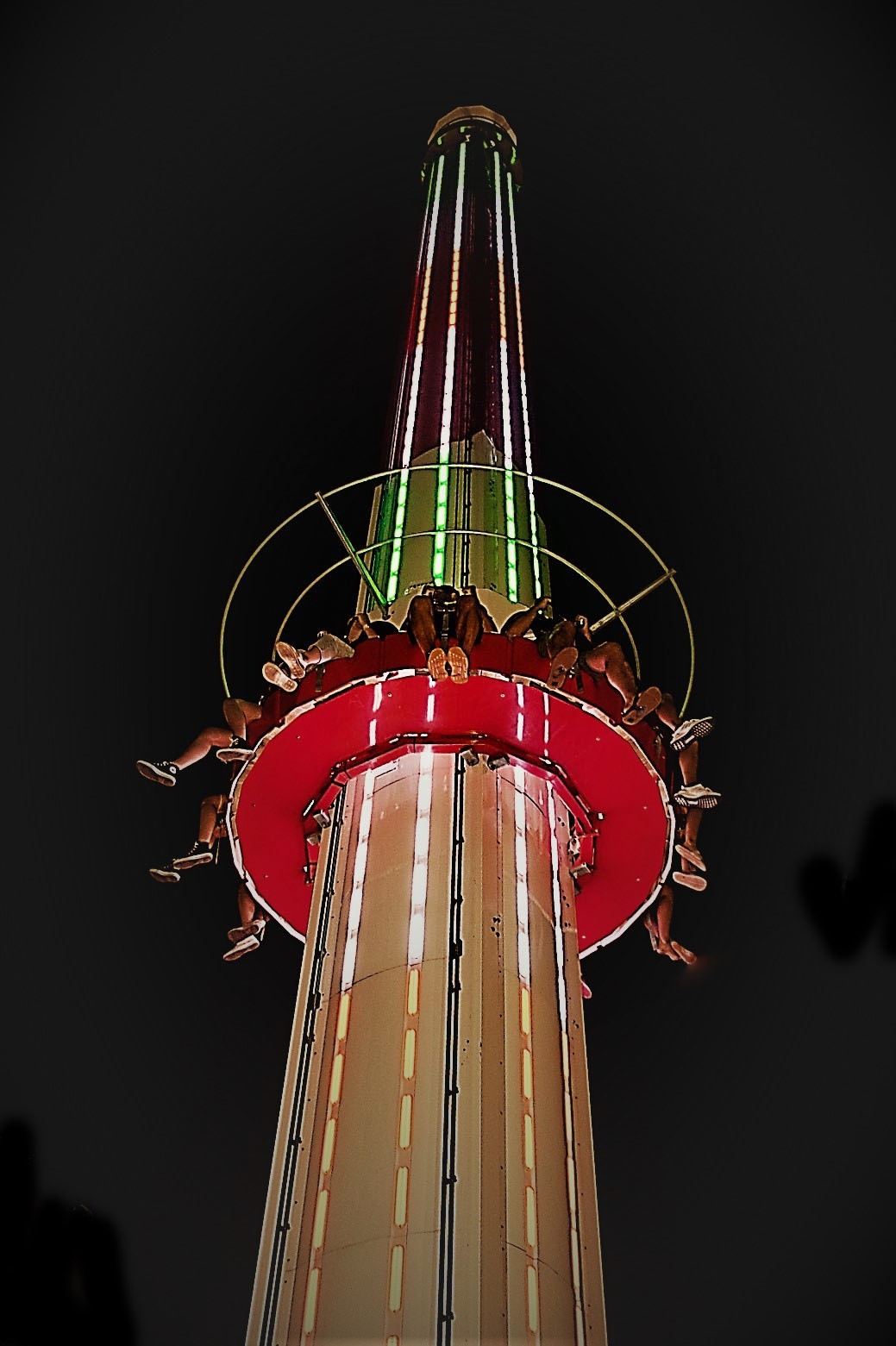
Hey Brent
Wonderful Photos on Night Photography! Are some of them Painting With Light or Light Painting? What is this NFT collection? You sold an Elephant or Print? “Here’s my first NFT collection – Wild Elephants by Brent Mail and already I’ve sold one of them (which is up for resale at 20x the selling price).”
Awesome capture in there Native Habit!
Thanks for your comment Gino – yes some of those are light painted (my lighthouse is). NFT is a new way to sell or collect images and then trade them. My friend convinced me to “mint” some images so I created my Wild Elephant series and one of them sold right away and then was put up for sale (traded) for a limited time. Here they are.. https://opensea.io/collection/wild-elephants-brent-mail Enjoy. Brent
Congratulations to this months featured artist – Paul Fuller and the artistic cover image by Nick Ellis. Well done guys – I’m very proud of you. Brent